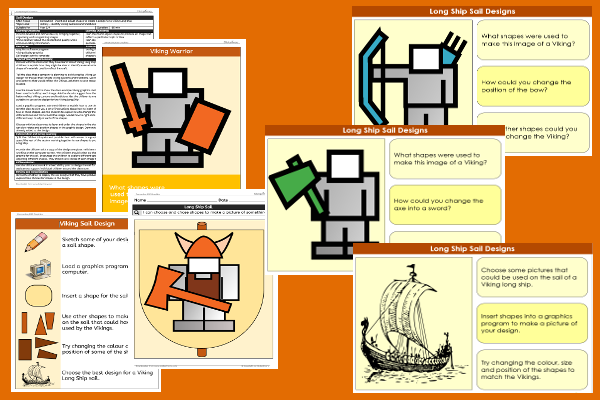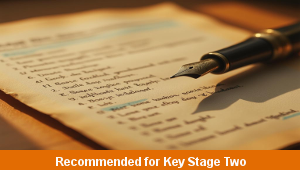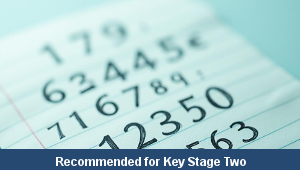Lesson Four – Sail Design

This computing teaching pack for Key Stage Two gets the children to explore and record how to insert and adjust a range of different shapes to create the matching design for a Viking Longship sail.
The class can practise adjusting, colouring and layering a range of different shapes to make the graphic of a Viking warrior that can be used for the sail of a Viking longship
Download this teaching pack including a lesson plan, classroom activities and an interactive presentation to explore and record how to insert and adjust a range of different shapes to create the matching design for a Viking Longship sail
Activities in this teaching pack include display posters to evaluate some of the graphics images used to match a particular topic, a shared reading text to produce a graphic image to reflect sails that might be flown on a Viking Long Ship and a template to select and record shapes that could be used to make a graphic on the theme of the Vikings.
The interactive presentation can be used to explore how to insert and adjust a range of different shapes to create a design for a Viking Long Ship sail.
This lesson is part of a computing scheme of work to get the children to select, combine and adjust different graphic shapes to create the design that could be used on a replica Viking longship sail. There are teaching activities for shared learning, differentiated worksheets to support independent learning and interactive presentations to introduce concepts and key skills.
-

English SPAG Assessment
Assess abilities in composing sentences for fiction and non-fiction using the correct spellings, punctuation marks and grammar vocabulary phrases
-

Maths Arithmetic Assessment
Assess abilities in solving arithmetic number problems for addition, subtraction, multiplication and division when working with informal and formal written calculations
-

Environment
Identify and describe some of the special landscapes and locations that can be found in the world and reflect on how they can be protected and preserved for the future
-

Silent Letter Words
Explore and illustrate the meanings and spellings of some different words with silent letters when using them in a range of topics and scenarios
